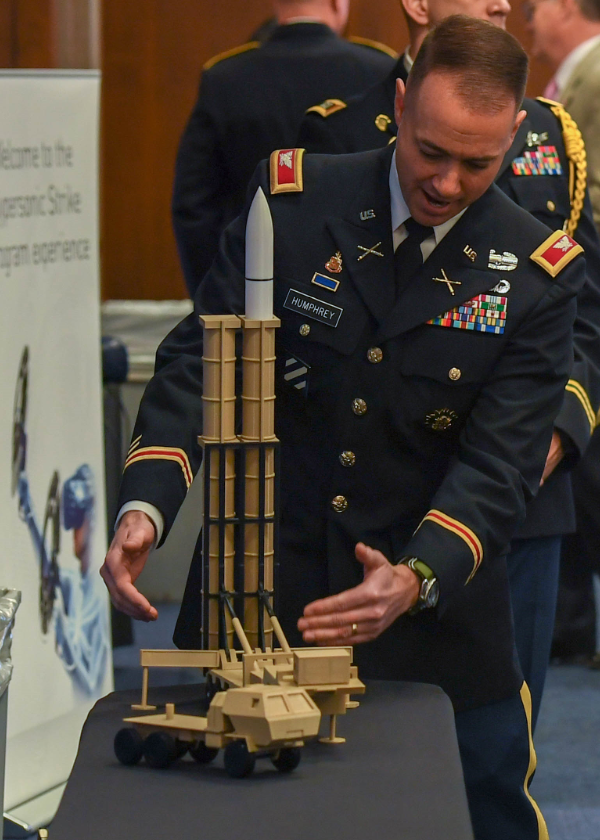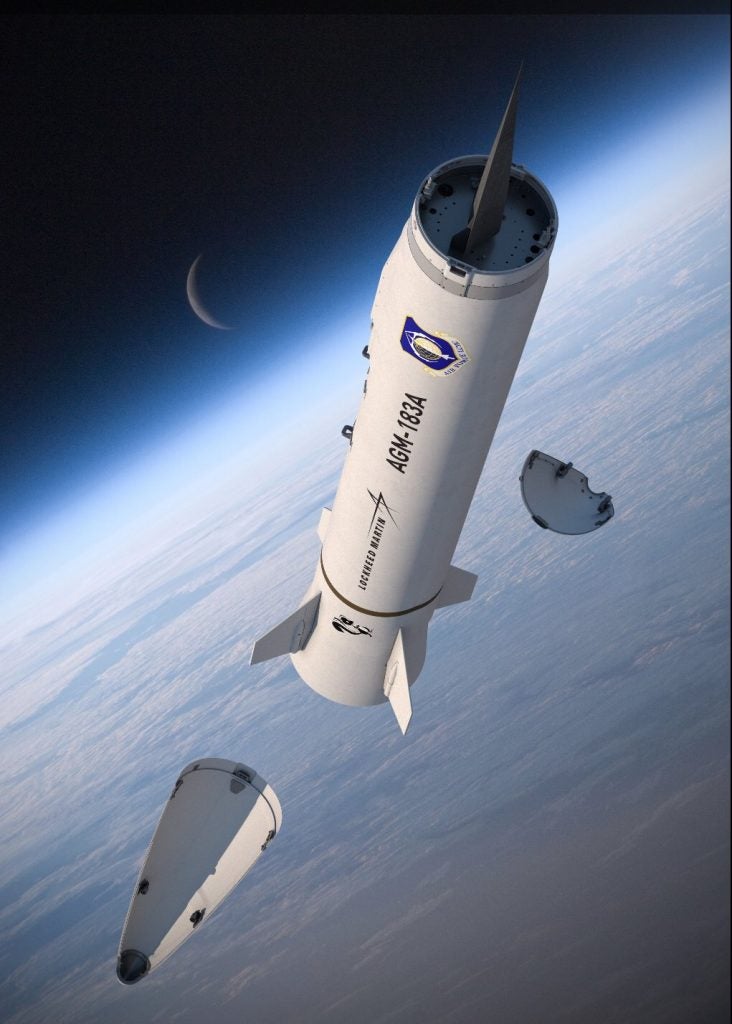Major Shifts in US Hypersonic Weapon Priorities
On 2nd March the US Department of Defense held a press briefing on hypersonic weapons which shed some light on several big changes taking place, including an increased focus on air-breathing weapons.
The biggest news, which was first announced with the release of the 2021 budget in February, was the cancellation of the USAF’s Hypersonic Conventional Strike Weapon (HCSW) program after $570 million had been spent. This is one of two hypersonic weapons the Air Force has been developing in parallel, the other being the Air-launched Rapid Response Weapon (ARRW, seen in the header image).
While arguably redundant the two weapons were distinct with HCSW carrying the Common Hypersonic Glide Body (C-HGB) that is being shared with both the Army and Navy (for more on this read my previous hypersonic coverage) while ARRW was a smaller weapon that instead used the glider from the USAF/DARPA Tactical Boost Glide (TBG) program. The USAF wanted both weapons to be tested but budget constraints demanded an early downselection and the ARRW was chosen to move on. ARRW was seen as a better fit for USAF desires since its smaller size allows twice the weapons per aircraft and opens the possibility for carriage aboard smaller aircraft like F-15EX. The high performance of F-15EX may even allow the weapon’s range to be extended and at the Air Warfare Symposium, Boeing showed a model of the aircraft with a large booster on the centerline hinting at this role.
The other key factor is that ARRW was the only weapon out of 4 (including the Navy’s CPS and Army’s LRHW) to use the TBG glider and the USAF thought it wise to pursue an alternative to C-HGB. Development work will continue on HCSW until it reaches the critical design review stage in April after which it will be shelved. This will allow the USAF to reactivate the program if it becomes necessary.

The top glider is HTV-2 (from which TBG is derived) which has a wedge-shaped lifting body design. The bottom glider is C-HGB which has a conical design. Not to scale. Photo: DARPA/US Army
The other big announcement in the press briefing was the desire to “operationalize” air-breathing hypersonic weapons. Currently, these systems are being studied under the joint USAF/DARPA Hypersonic Air-breathing Weapon Concept (HAWC) program. The USAF has up until now claimed that they did not expect any operational weapons to come out of the program in the “near term” assuming the technology wouldn’t mature until the 2030s or beyond.
Development, however, has moved more quickly than anticipated and the USAF now expects an operational hypersonic cruise missile out of the HAWC program in the “near term”. Compared to gliders boosted by rockets, scramjet-powered hypersonic weapons offer a number of advantages. For one they are much smaller with 15-20 expected to be carried in place of 4 rockets allowing for greater density of fire. Perhaps more importantly, a cruise missile’s less aggressive flight profile is more accommodating to seekers which are vital to hitting moving targets such as ships. Further, once mature, HAWC derived weapons are expected to be cheaper than ARRW though the latter still holds advantages in range and trajectory (to defeat defenses). Funds freed up from the cancellation of HCSW will help get air-breathers into the field.

HCSW wasn’t the only strategic weapon to be cancelled in the 2021 budget, the Army’s Mobile Medium-Range Missile (discussed earlier on Overt Defense) also went into the trash can. This was much less mature than HCSW with only $20 million having been spent out of $900 million budgeted to complete the project.
While not a hypersonic glide weapon the MMRM would have fallen into a similar range band as LRHW and may have been seen as redundant in the face of budget pressure. While it may have been cheaper per missile it would be vulnerable to missile interceptors. This is assuming it was a ballistic missile but even that is unclear as the Army has detailed almost nothing about MMRM even after cancellation.
Perhaps the Army decided the money would be better spent on a second hypersonic system. The Army and DARPA are jointly working on the Operational Fires program to develop a ground-based launcher for TBG that will utilize an advanced two-stage booster with a throttle-able upper stage. This year the program will move into phase 3 which involves the creation of a complete integrated system, after which OpFires will be ready for operationalization. The success of previous phases may have convinced the Army an operational version of OpsFires is a better investment than MMRM.

